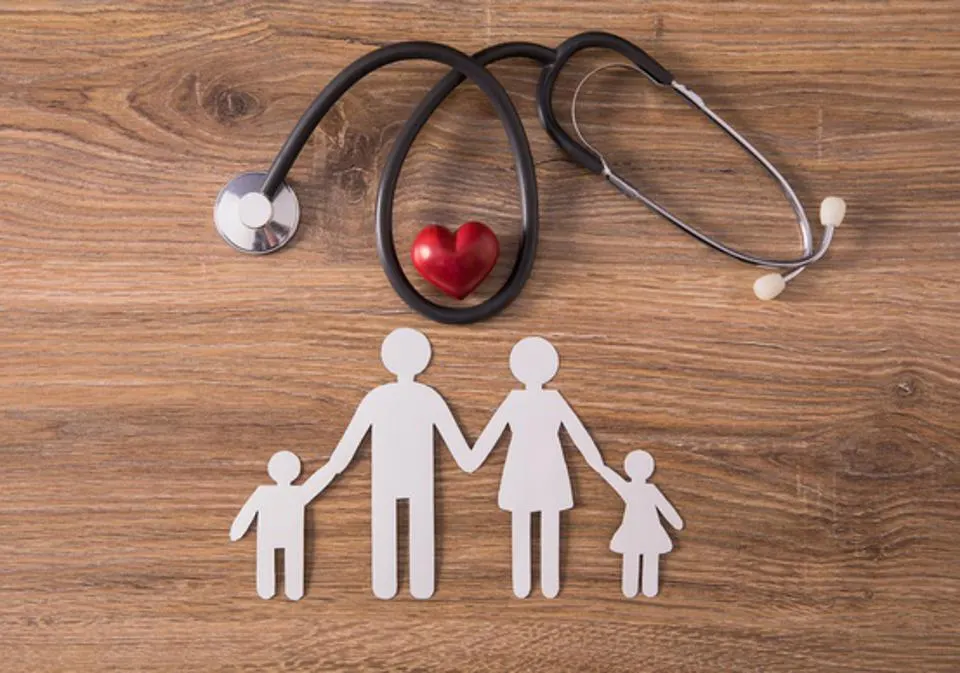30 Examples of Health Insurance Frauds
Health insurance fraud is a serious crime that affects everyone. It inflates healthcare costs, jeopardizes healthcare delivery, and can potentially harm patients. In this post, we’ll explore 30 examples of health insurance frauds to understand the diverse ways this crime manifests.
Understanding Health Insurance Fraud
Health insurance fraud encompasses a wide range of deceptive practices involving false claims or misleading information related to health insurance policies. It can be committed by providers, policyholders, and even insurance companies.

30 Examples of Health Insurance Frauds
Here are 30 specific examples of health insurance fraud, with a brief explanation of each:
1. Billing for Non-Performed Services: This fraud involves healthcare providers billing insurance for services that they didn’t perform. It’s a prevalent type of healthcare fraud.
2. Upcoding Services and Procedures: In this type of fraud, a provider changes billing codes to inflate costs. For example, a minor injury might be billed as a severe one.
3. Unbundling of Services: Healthcare providers may unbundle tests or procedures that should be billed together at a lower rate, and charge them separately to increase the payment.
4. Performing Unnecessary Services: Providers may perform unnecessary tests or procedures on patients to bill more to insurance.
5. Misrepresentation of Services: Providers might bill a covered service when they actually provided a non-covered service.
6. Identity Theft for Fraudulent Billing: In these cases, someone steals a patient’s identity and uses it to bill insurance companies for fictitious medical services.
7. Falsifying a Patient’s Diagnosis: Healthcare providers may fraudulently diagnose patients with conditions they don’t have to justify expensive tests, surgeries, or other procedures.
8. Kickbacks for Patient Referrals: In this type of fraud, a provider receives financial rewards for referring patients to a particular facility, service, or treatment.
9. Ghost Patients: Providers may bill for treatments or procedures provided to patients who do not exist.
10. Equipment Overbilling: Healthcare providers or suppliers might bill for new medical equipment but provide the patient with used or less expensive equipment.
11. Self-referral Schemes: Doctors may refer patients to a diagnostic facility or laboratory in which they have a financial interest.
12. Prescription Drug Fraud: This can involve forging or altering prescriptions, prescribing unnecessary medications, or billing for medications never dispensed.
13. Waiving Patient Co-pays: Some providers illegally “forgive” patient co-pays to attract more business and bill the full fee to insurance.
14. Billing a Non-covered Service as a Covered Service: This involves billing for a service not covered under the patient’s policy as a covered service.
15. High-cost Drug Substitution: Pharmacies might bill insurers for high-cost drugs while providing patients with generic drugs.
16. Durable Medical Equipment Fraud: This involves billing for durable medical equipment (DME), like wheelchairs or orthotics, which were never needed or provided.
17. Unlicensed Provider Fraud: Unlicensed individuals might provide services and bill insurance companies.
18. Phantom Treatments: This involves healthcare providers billing for treatments or services that were not actually provided.
19. Overutilization of Services: This involves providers rendering excessive, unnecessary treatments to generate higher profits.
20. Offering Unnecessary Coverage: Insurance companies may sell and charge for policies that offer coverage for services that are already covered under a current policy.
22. Pre-Existing Condition Misrepresentation: Insurance companies may falsely claim a policyholder’s medical condition was pre-existing to avoid paying for its treatment.
23. Fake Insurance Companies: Unlicensed entities may sell fake insurance coverage and then not pay out claims.
24. Cloned Patient Billing: Perpetrators duplicate a patient’s bill and change details such as the date of service to submit multiple claims for the same service.
25. Stolen Provider Identity: Fraudsters steal a provider’s identity and use it to bill insurance for services that were never provided.
26. Insurance Premium Diversion: Insurance agents or brokers fail to send premiums to the underwriter and keep the money for themselves.
27. Insurance Policy Overstatement: Policyholders may exaggerate the value of insured property or assets to receive a larger payout if a claim is made.
28. Staged Accidents: Individuals might stage an accident, injury, theft, arson, or other loss to collect from insurance companies.
29. False Workers’ Compensation Claims: Employees may fake or exaggerate injuries to receive workers’ compensation payments.
30. Twisting and Churning: Agents or brokers might persuade policyholders to switch policies unnecessarily, often for the sole purpose of earning commissions.
More Examples of Health Insurance Frauds are coming soon…
People Also Ask
How Can I Protect Myself Against Health Insurance Fraud?
Stay informed about your rights and responsibilities. Always review your medical bills and insurance statements closely for unfamiliar charges. Report any suspicious activity to your insurance company or the police.
What Should I Do If I Think I’m a Victim of Health Insurance Fraud?
If you suspect you’re a victim of health insurance fraud, report it immediately to your insurance company and local law enforcement. You may also report to state health insurance regulators and the National Health Care Anti-Fraud Association.
What Are the Penalties for Health Insurance Fraud?
Health insurance fraud is a serious crime. Penalties can vary depending on the severity of the crime but can include hefty fines, revocation of a professional license, and imprisonment.
Conclusion
Health insurance fraud is an extensive and complex problem that has serious financial and health consequences. By understanding the various forms it can take, we can all become better equipped to recognize and report these crimes, helping to ensure a more efficient and equitable healthcare system for all.
Related Links:
- Health Insurance Portability and Accountability Act – Wikipedia
- Health care fraud – Wikipedia
- FBI — Health Care Fraud